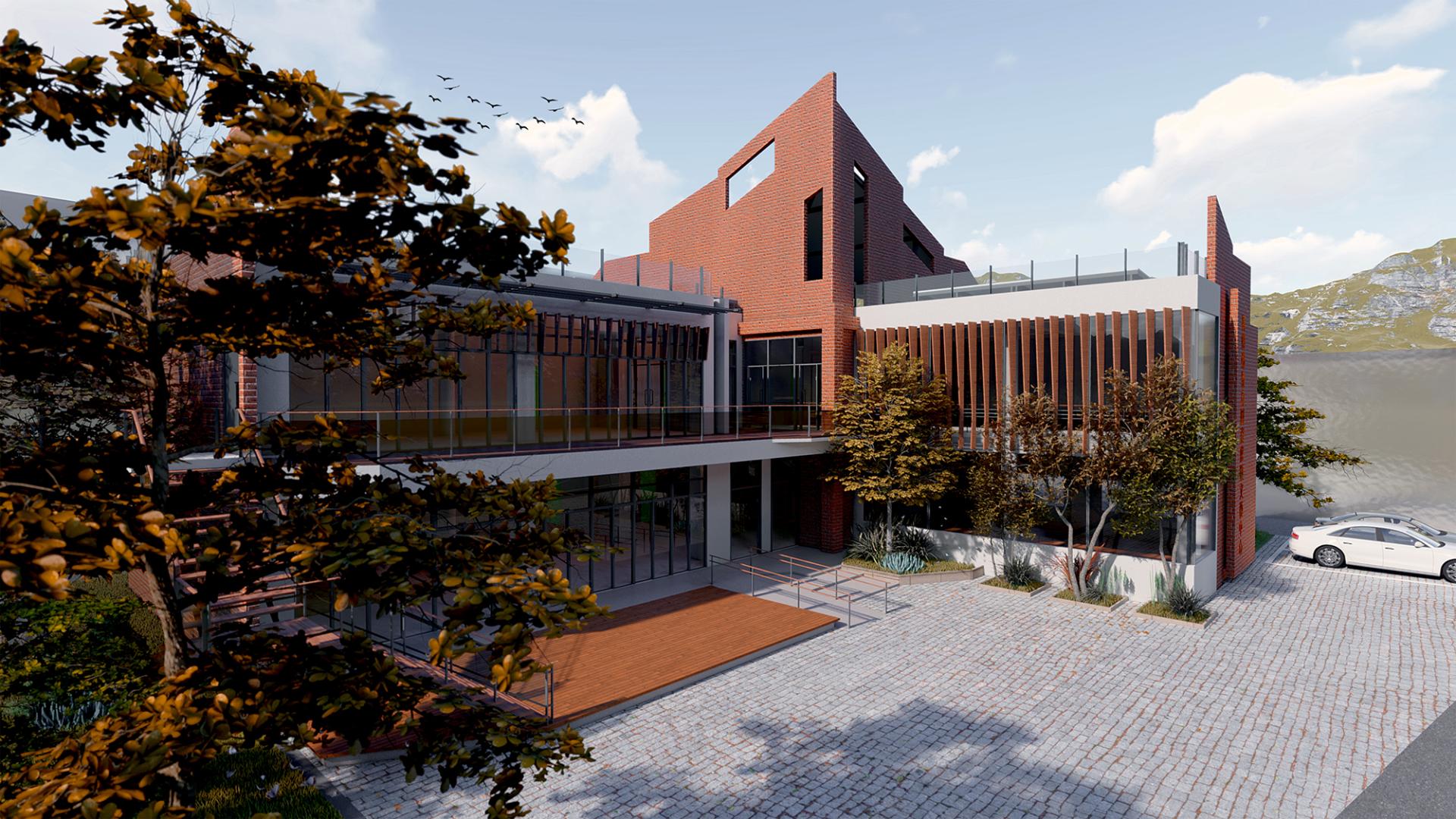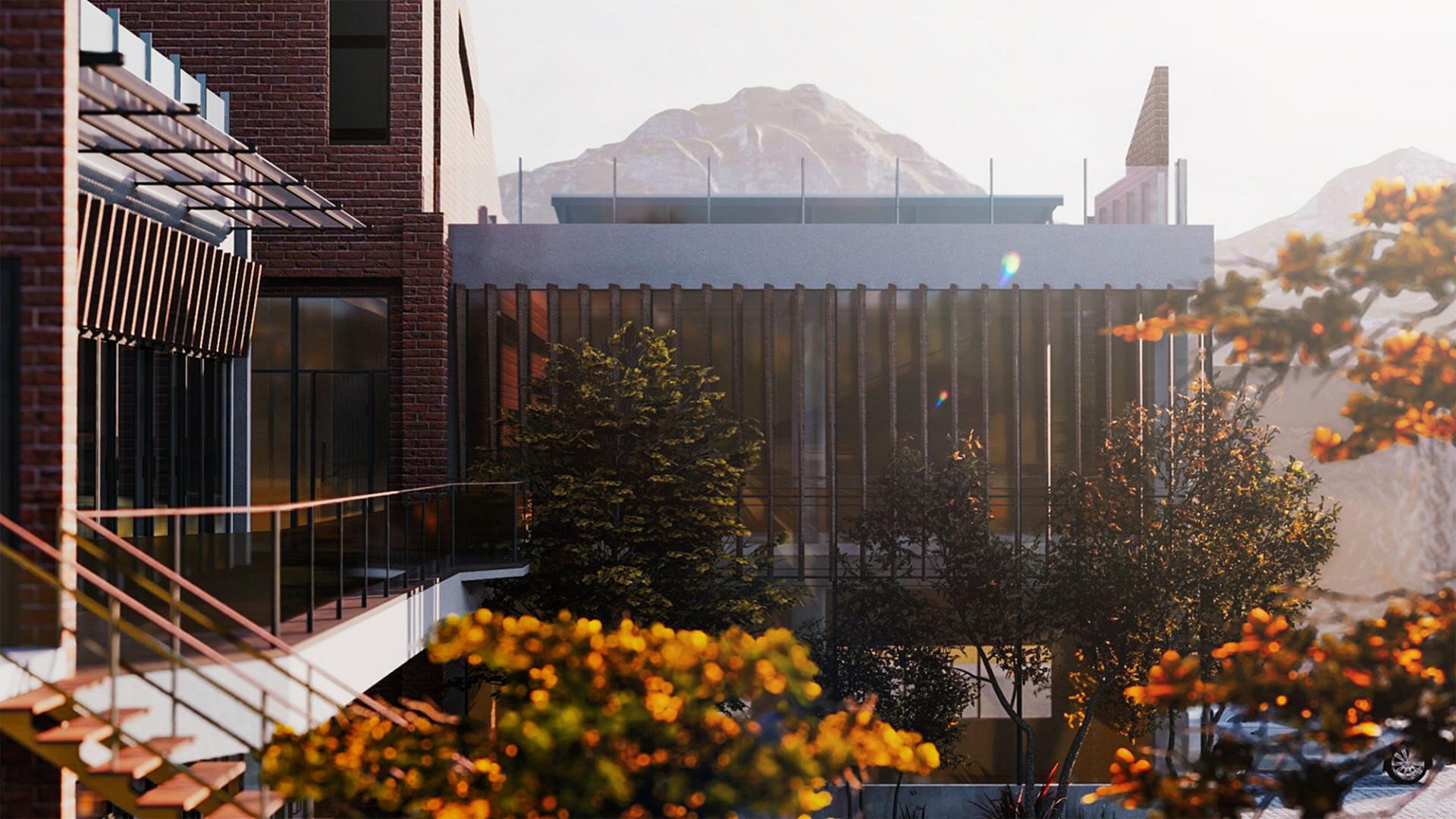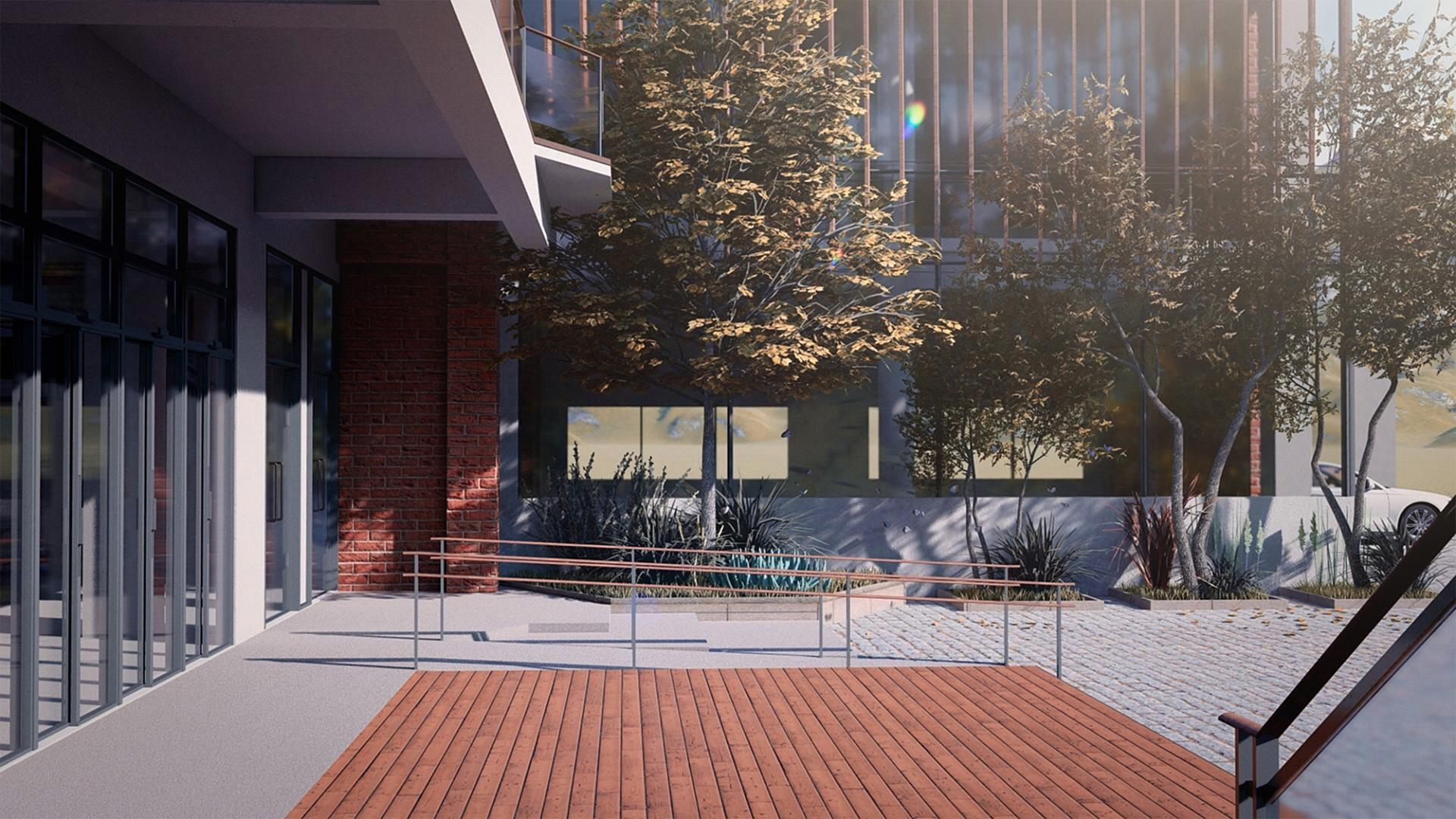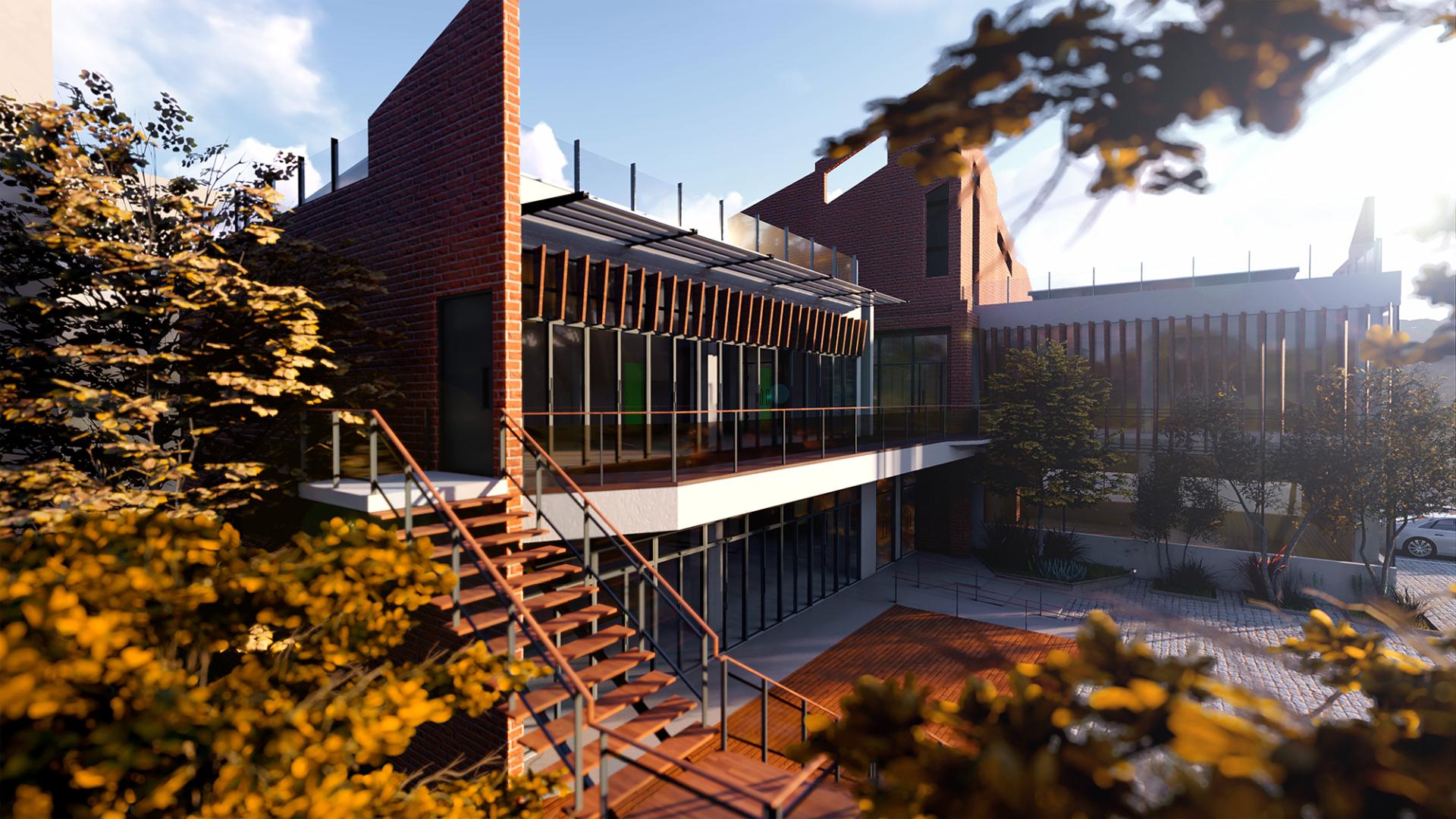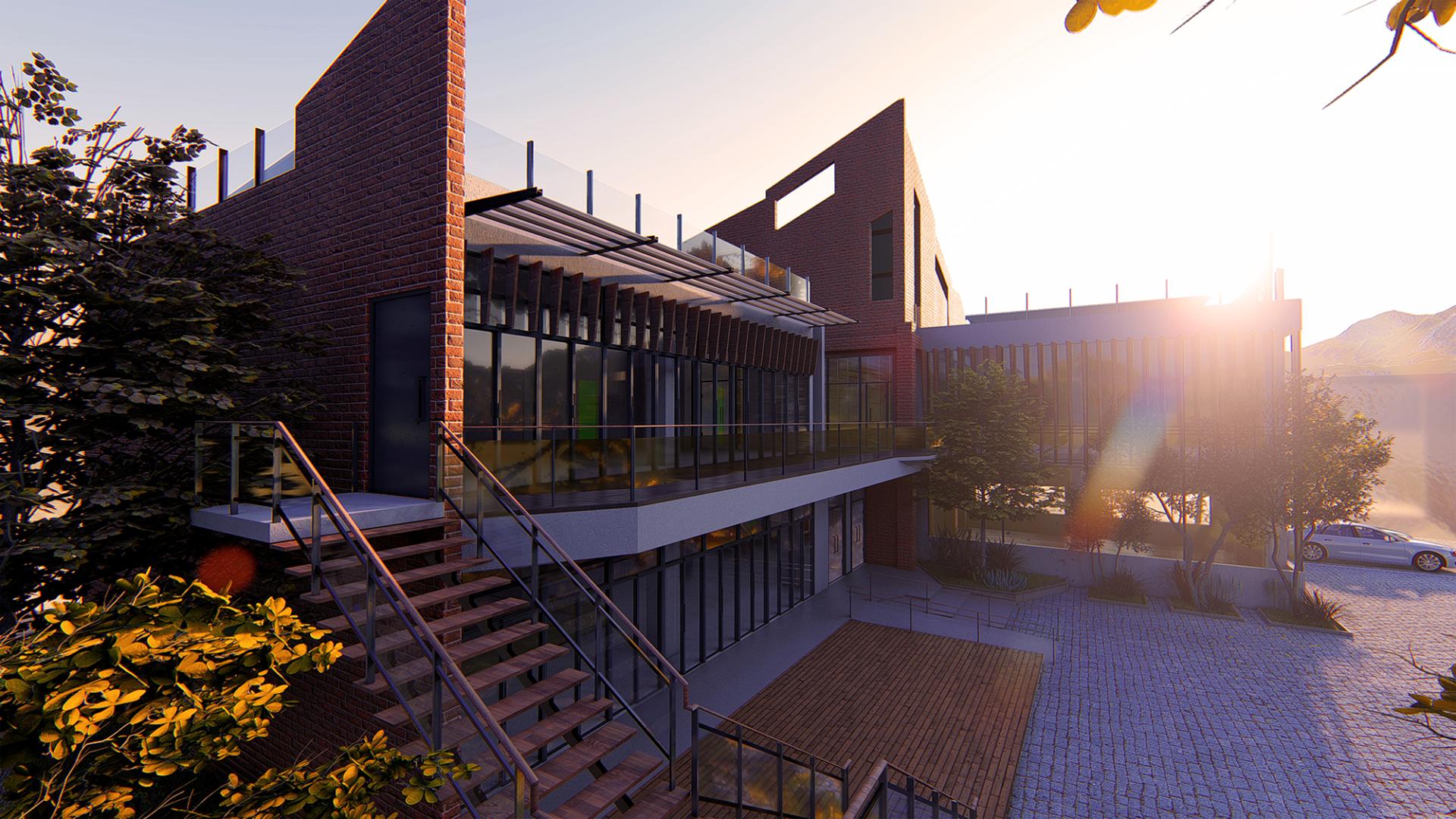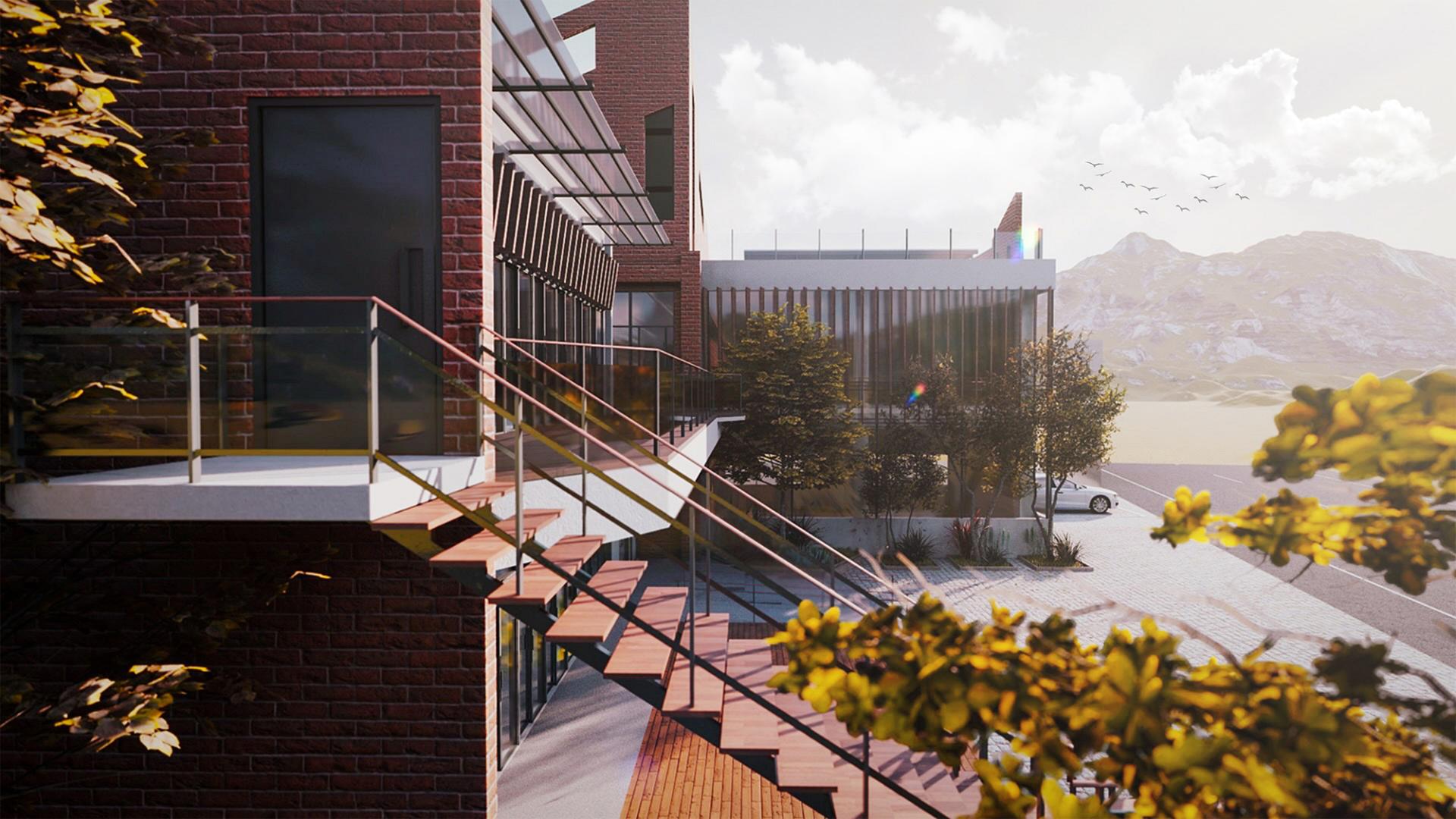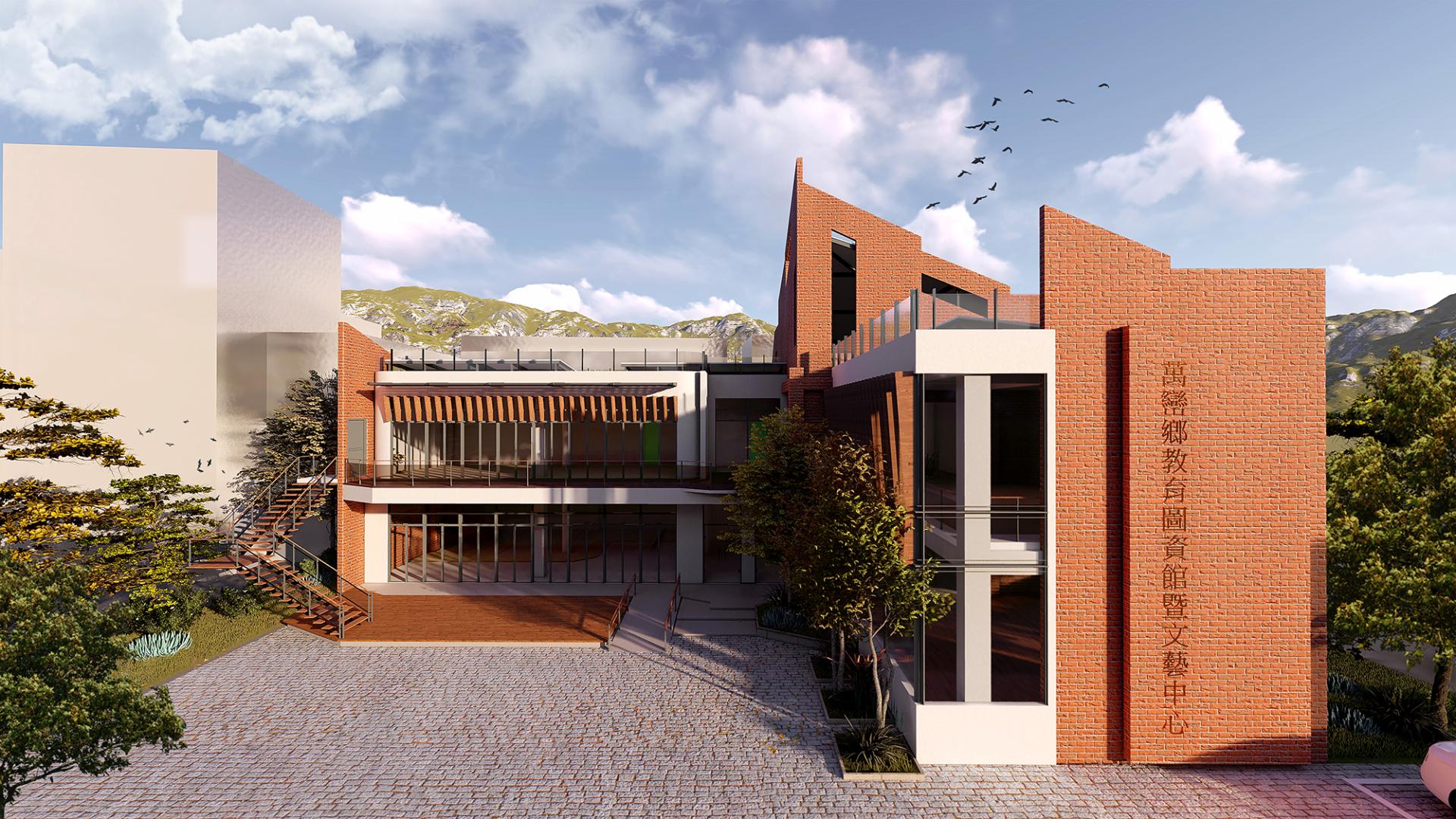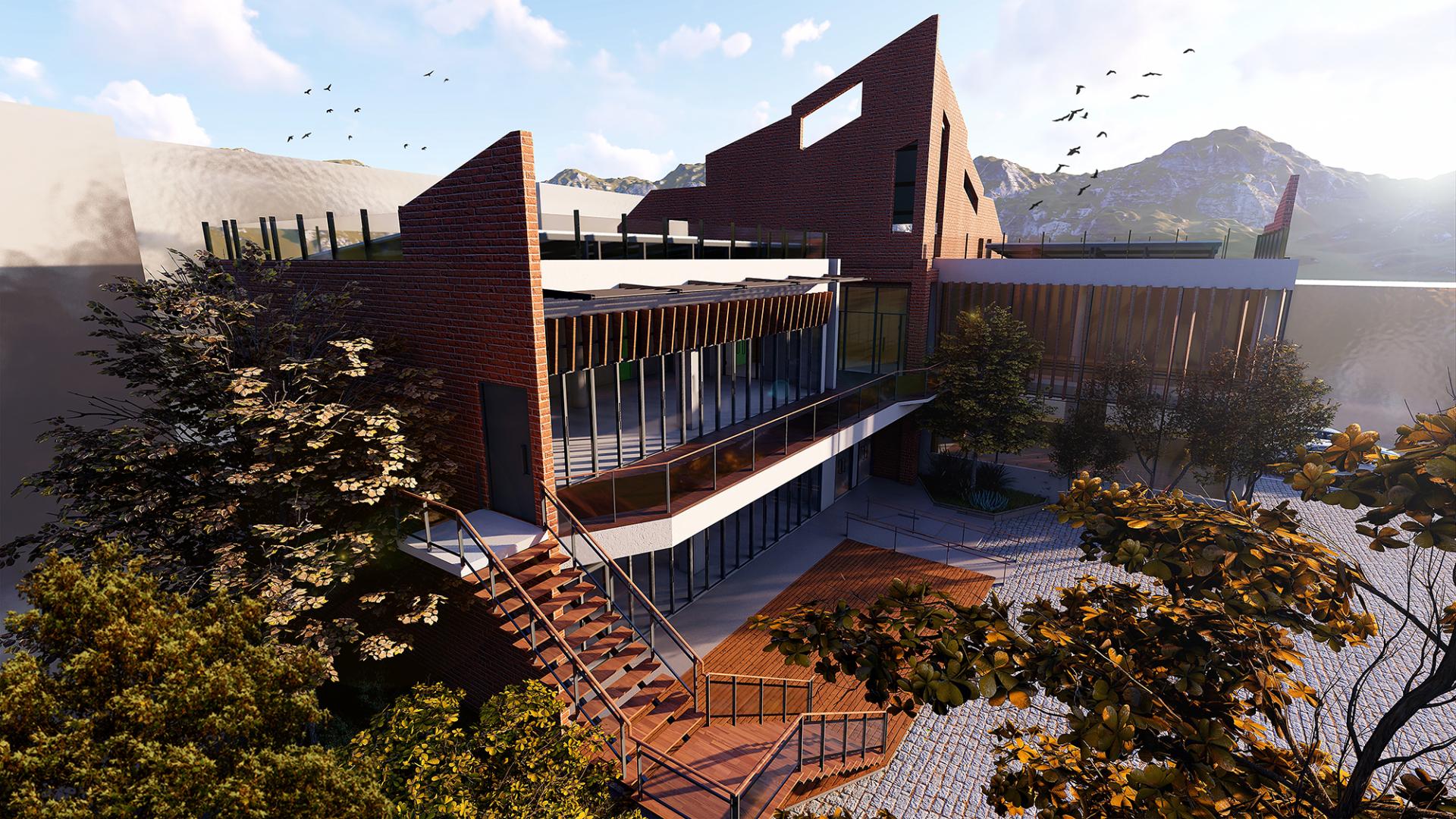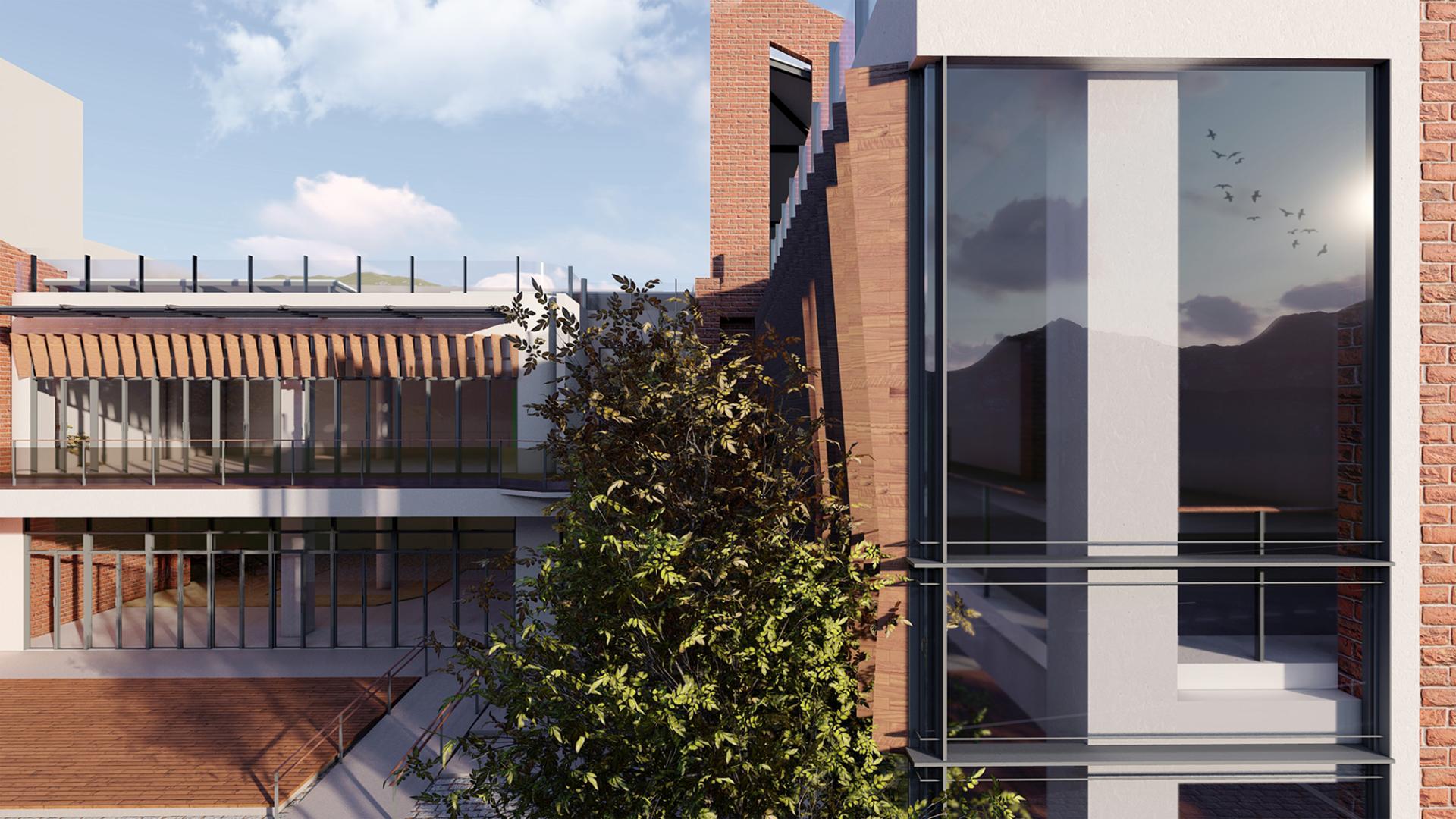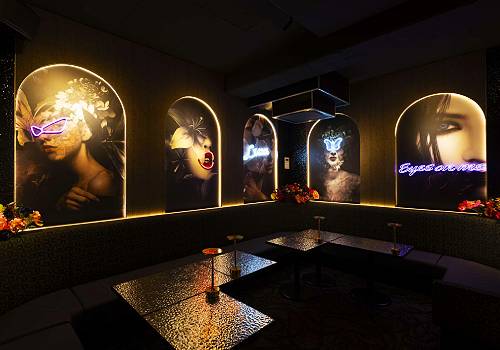2024 | Professional
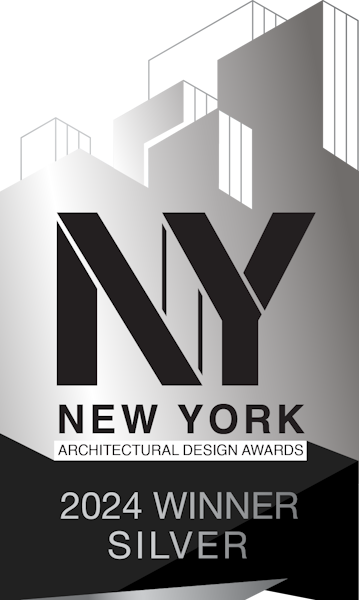
Wanluan Library
Entrant Company
STUDIO Heu Dui CHIACHEN
Category
Cultural Architecture - Libraries and Archives
Client's Name
Wanluan Township Office
Country / Region
Taiwan
The project encompasses the architectural design of the Hakka Art Center and the Wanluan Township Library, with a focus on integrating the essence of Taiwan's Hakka culture, local landscape imagery, and sustainable energy principles. The primary goal is to establish a new community landmark that not only reflects the spirit of Hakka culture but also supports the preservation and promotion of arts and culture within the local context. The design incorporates retractable architecture, expansive fenestration, solar panels, extensive green coverage, permeable base, and rainwater recycling infrastructure, positioning it as a prospective candidate for Taiwan's "Green Building" accreditation. Emphasizing the safeguarding of local cultural heritage and the pursuit of sustainable development, the project demonstrates a meticulous balance of tradition, environmental consciousness, and contemporary architectural principles.
Upon observing the building's exterior from a distance, our team drew inspiration from the local landscape of "Dawu Mountain" to conceptualize the building's imagery. The cascading mountain ranges were chosen to symbolize -the upward journey of the village's schoolchildren. Additionally, the main color of the building was derived from the traditional Hakka "Jing Zi Pavilion" brick, with the use of smoky black bricks intended to depict the Hakka's spirit of land cultivation during sunny days and studying during rainfall, while also advocating for a culture that respects knowledge. The design of the building's sunshade was based on ancient bamboo sketches, aligning the structure with the cultural and landscape elements of Hakchuang, all while maintaining its functionality.
In addition to incorporating landscape and cultural elements, the team gave careful consideration to the base's location, sunlight, and user requirements. To minimize the influence of roadside noise on the museum, the forecourt plaza was retracted and merged with the natural greenery of the site, offering potential use as a parking lot and plaza in the future. The team addressed the base's wide width and shallow depth by incorporating large windows in the northeastern and northwestern directions, along with daylight skylights to enhance natural lighting and interior visibility. The team used Low-E glass for the curtain wall to ensure excellent thermal insulation and transparency.
Credits
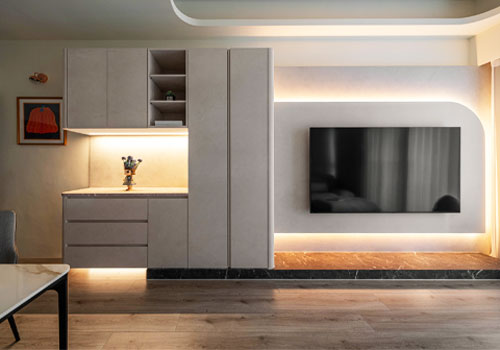
Entrant Company
Initialday Interior Design
Category
Interior Design - Residential

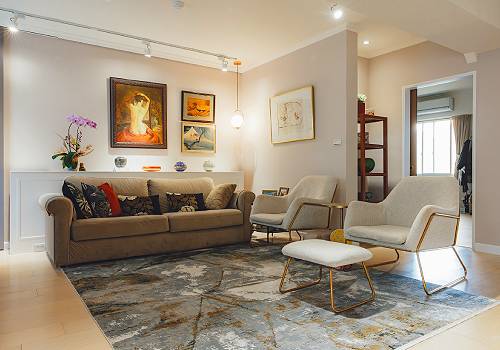
Entrant Company
Polaris Interior Design
Category
Interior Design - Residential

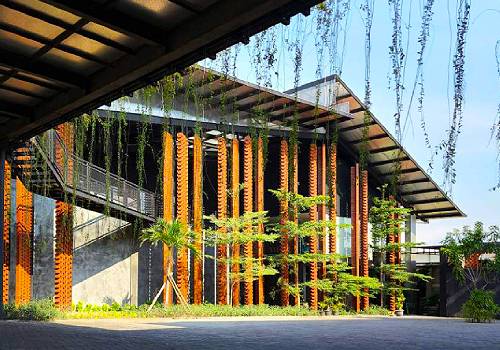
Entrant Company
IX Architects Pte Ltd
Category
Commercial Architecture - Industrial Design & Manufacturing Plants

